What lessons can be learned from
the pencil sharpener salesman from Chicago?
By Alex Silverman
Ref:  September 1st marked what would have been the one hundredth
and thirty-ninth birthday of American writer and businessman Edgar Rice
Burroughs (1875-1950). As the author of some seventy-three novels, Burroughs
is remembered as the father of both Tarzan of the Apes and John Carter
of Mars.
September 1st marked what would have been the one hundredth
and thirty-ninth birthday of American writer and businessman Edgar Rice
Burroughs (1875-1950). As the author of some seventy-three novels, Burroughs
is remembered as the father of both Tarzan of the Apes and John Carter
of Mars.
Edgar Rice Burroughs dreamed of adventure. His stories
painted protagonists lost in foreign and exotic worlds, fighting against
herculean odds for honor and for love. And yet, the majority of Burroughs’
life was markedly bland. Though he served as a private in the Seventh U.S.
Cavalry, Burroughs never saw action while serving in the military. And
according to his biography on egarriceburroughs.com, despite his request
to “chase the Apaches” at Fort Grant in the Arizona desert, Burroughs “never
caught up with them.” Moreover, while Burroughs built an empire from stories
based in African jungles, he never even set foot on the continent. A self-described
average Joe, Burroughs wrote his first novel under the nom de plume “Normal
Bean” (his editor, failing to realize the intention, corrected it to Norman
Bean). For most of his life, Burroughs fell significantly short of the
adventure he so cherished—of the adventure his protagonists embodied. In
Tarzan Forever, John Taliaferro quotes Burroughs as once admitting to an
editor, “All the interesting things in my life never happened.”
Even his path to writing was more mundane than his success
would suggest. It was only after a series of failures and poor business
ventures—when he found himself middle-aged, unemployed, and with three
hungry mouths to feed—that Burroughs accepted a job selling pencil sharpeners.
In a 1929 essay “How I Wrote the Tarzan Books,” published in the Washington
Post & New York World Sunday Supplement The World Magazine, Burroughs
recounts, “I was thirty-five and had failed in every enterprise I had ever
attempted.” Out of sheer desperation, Burroughs began to write. “If people
were paid for writing rot such as I read in some of those magazines,” Burroughs
proclaimed, “I could write stories just as rotten.”
His first novel (now know as A Princess of Mars) earned
him $400. His second attempt was a flop, rejected from publication. His
third changed history. At thirty-six years of age, the pencil sharpener
salesman from Chicago published only his second story. Between the pages
of the October 1912 issue of The All-Story, Tarzan first met Jane, and
an icon was born. Burroughs, out of necessity, had become a writer.
Whatever Burroughs lacked in experience or training, he
made up for in raw creativity. Over the next several decades, Burroughs
would pen almost one hundred stories. Eleven of which would occur on the
surface of Mars, six at the center of the Earth, five on the planet Venus,
and twenty-three of which would return to the jungles of Africa and to
the king of the apes. But it wouldn’t stop there. In fact, forty-one films
and fifty-seven one-hour television episodes would spawn from the Tarzan
mania (Tranzania?), making Tarzan the first international pop-culture hero.
Yet, despite this incredible success, discontent and difficult
times would plague Burroughs. Burroughs once told the Los Angeles Times,
“I don’t think my work is ‘literature,’ I’m not fooling myself about that.”
He added that writers like him were in “the same class with the aerial
artist, the tap dancer, and the clown.” Jest aside, his work was repeatedly,
and entirely, rejected by the American cannon, and he was left reliant
on the penny-per-word payment of pulp fiction.
“Even in years when his income exceeded one hundred thousand
dollars—most years it was far less—his appetites and expenses always seemed
to leave him cash poor,” writes John Taliafero in Tarzan Forever. Indeed,
after two expensive divorces, Burroughs found himself alone in a cramped
bungalow in Niumalu, Hawaii, once again struggling to make ends meet. Severe
depression and illness shrouded Burroughs. According to Taliafero, Burroughs
“became a virtual shut-in… talking to no one for days. An old bladder problem
flared up, and he was hospitalized. He suspected he was dying… He might
easily have perished,” when he was saved by—of all things—the bombing of
Pearl Harbor.
The attack near his home became a watershed moment for
Burroughs, and at 66 he was invigorated by a sense of purpose. Burroughs
rallied to become America’s oldest correspondent to cover WWII, where he
finally found the action and adventure he desired, living up to the feats
of the characters he wrote about.
From a Walter Mitty-esque pencil sharpener salesman, to
one of the greatest popular literature minds of our time, Burroughs’ significance
remains contested. Burroughs has ignited imaginations of countless young
readers, transporting them to the jungles of Africa, the planes of Mars,
the center of the Earth, and to the surface of Venus and back again, giving
them a thirst for adventure and opening minds to new ideas and worlds of
possibility. Before J.K. Rowling, George Lucas, or even Walt Disney, Burroughs
captivated a generation. He inspired writers, scientists, and intellectuals
like Jane Goodall, Carl Sagan, and Ray Bradbury.
He may have never soared through the “middle terraces”
of the African bush like Tarzan, and his war correspondence can not compare
to John Carter’s Martian escapades, but Burroughs does live up to his protagonists.
In the Paris Review, Bradbury goes so far as to credit Burroughs as the
most influential writer of all time. “By giving romance and adventure to
a whole generation of boys,” Bradbury asserts, “Burroughs caused them to
go out and decide to become special.” And that achievement, is truly magnificent.
An influence too great to be measured, Burroughs’ impact is—like his protagonists—larger
than life.
So to the father of Tarzan and John Carter, for captivating
the thinkers of our time, “Happy-belated Birthday, Mr. Burroughs.”




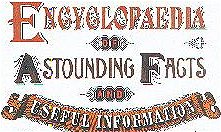
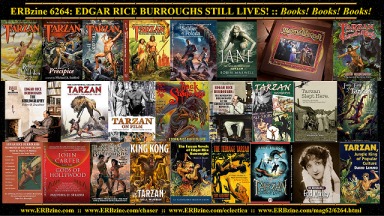
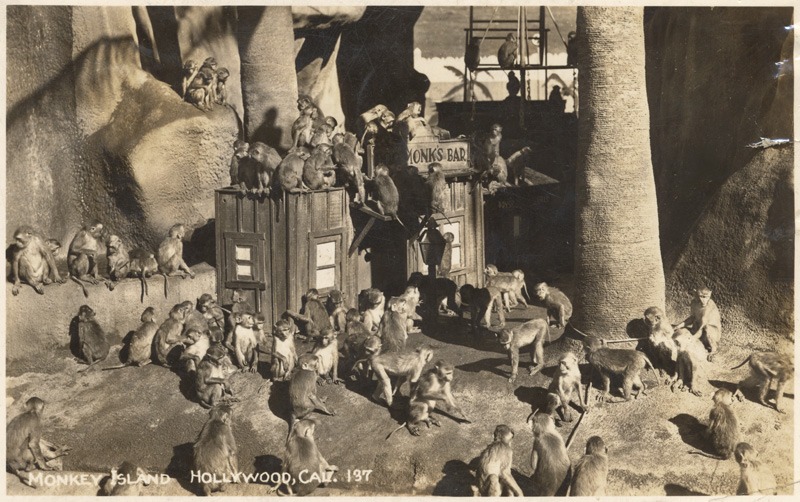
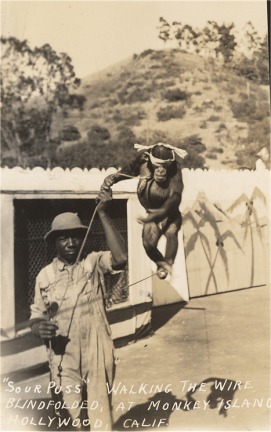

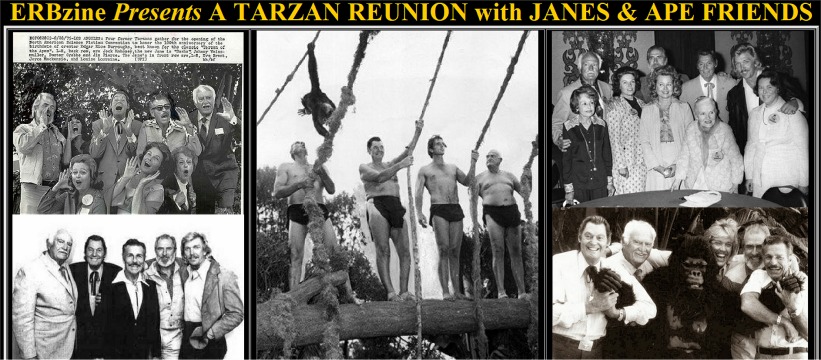
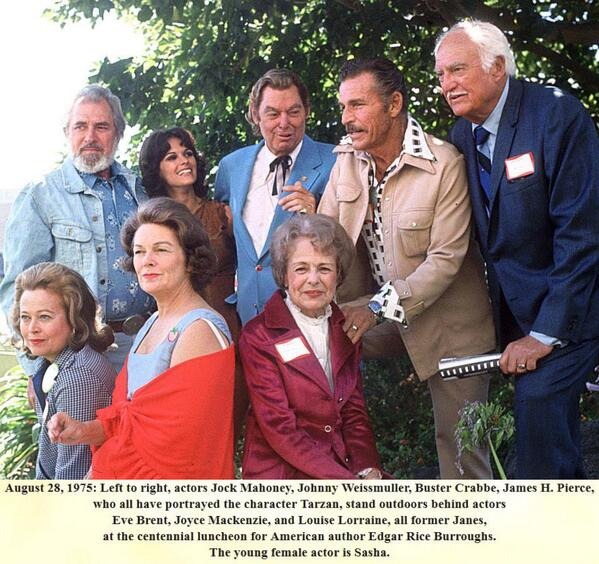
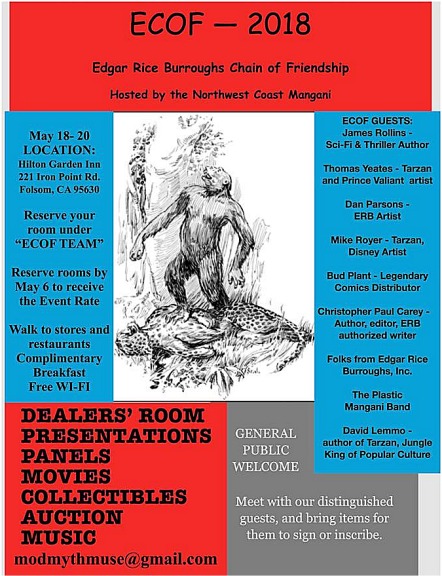
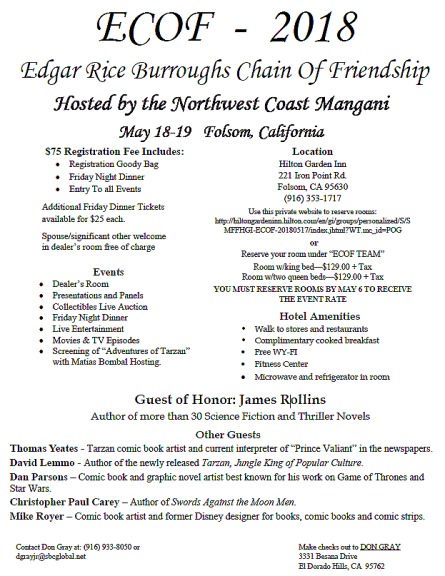
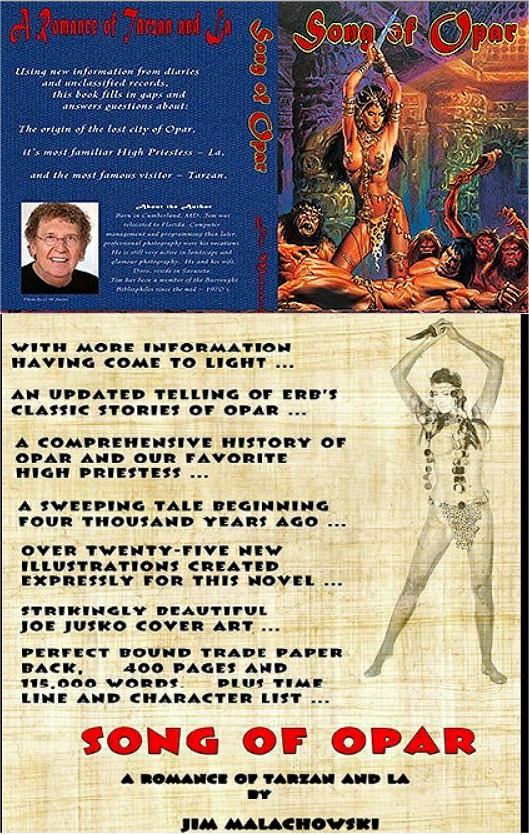
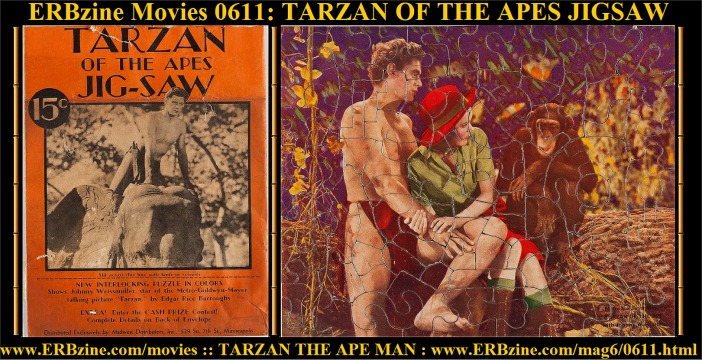
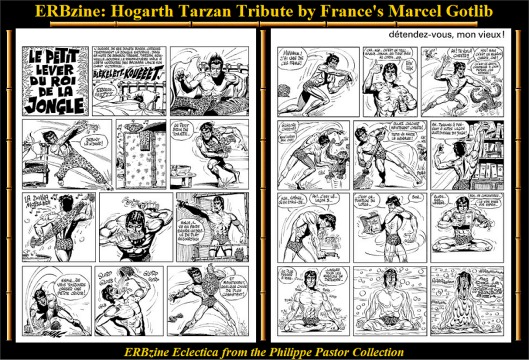
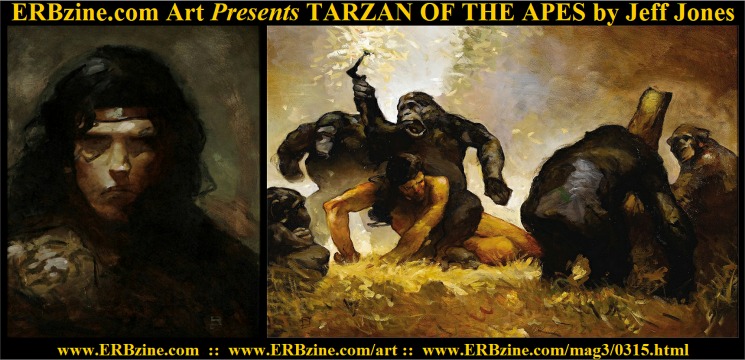
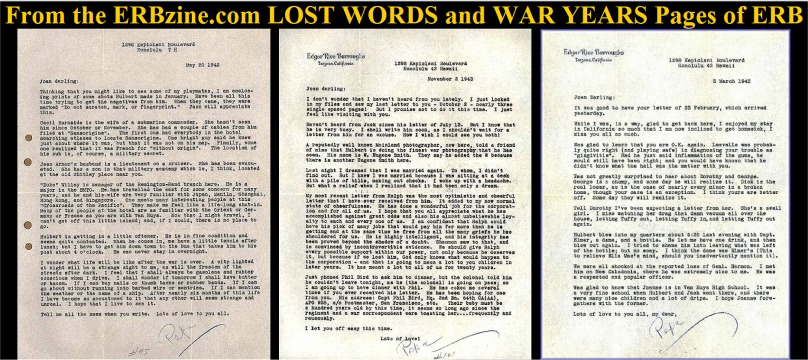

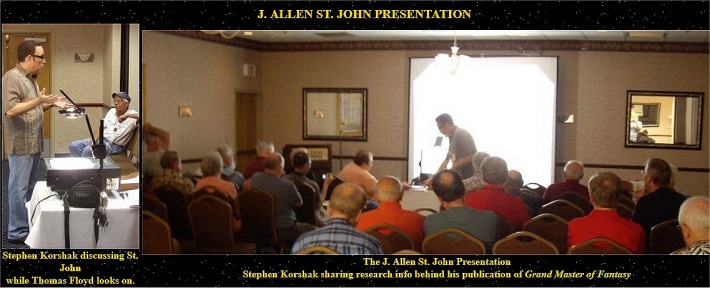
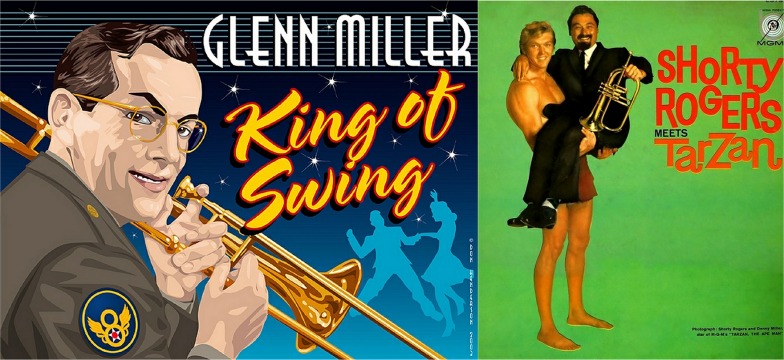

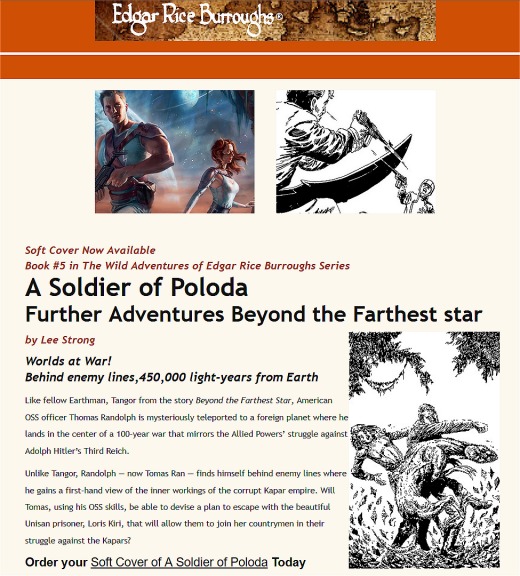
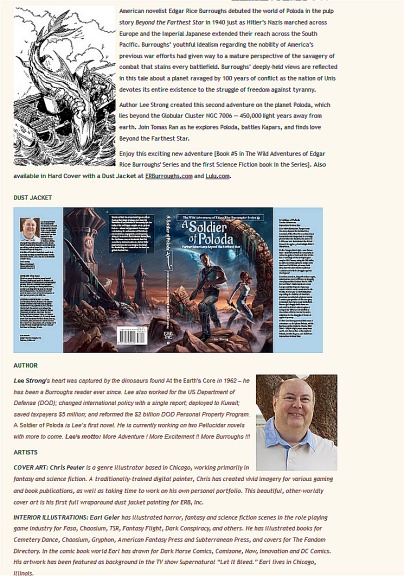
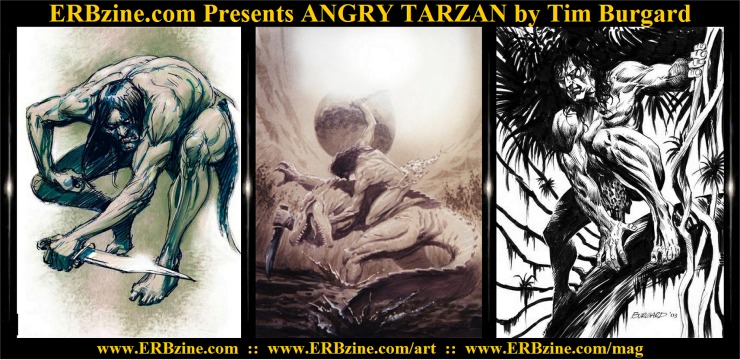
![]()
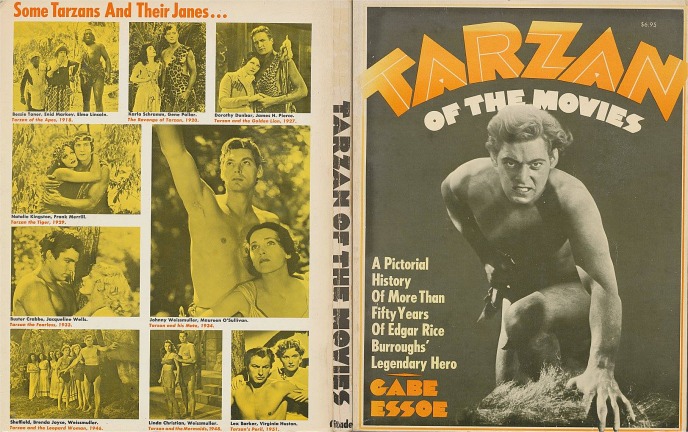
![]()
![]()

![]()